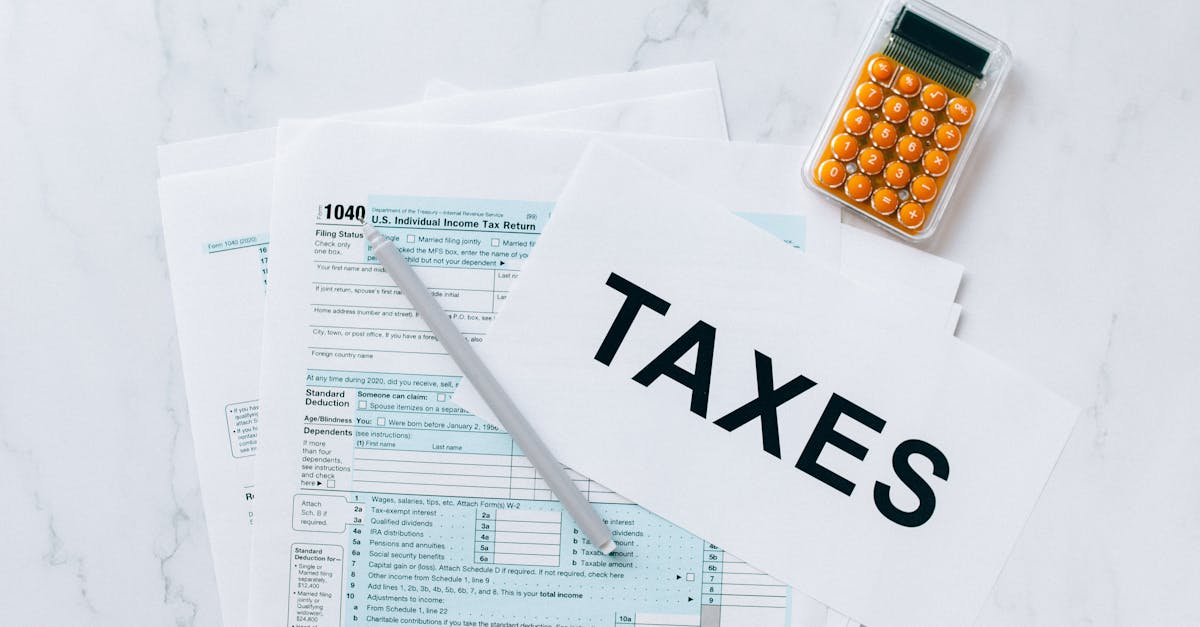It's been a strong day for Endava. Its shares are now trading at $53.95, marking a 5.8% change since the previous market close. An analyst favorite, the Data Processing Services company has a rating of buy. But could the market and the analyst community be overvaluing this stock?
The first step in determining whether a stock is overvalued is to check its price to book (P/B) ratio. This is perhaps the most basic measure of a company's valuation, which is its market value divided by its book value. Book value refers to the sum of all of the company's assets minus its liabilities -- you can also think of it as the company's equity value.
Traditionally, value investors would look for companies with a ratio of less than 1 (meaning that the market value was smaller than the company's book value), but such opportunities are very rare these days. So we tend to look for company's whose valuations are less than their sector and market average. The P/B ratio for Endava is 5.78, compared to its sector average of 6.23 and the S&P 500's average P/B of 2.95.
Modernly, the most common metric for valuing a company is its Price to Earnings (P/E) ratio. It's simply today's stock price of 53.95 divided by either its trailing or forward earnings, which for Endava are $2.05 and $2.71 respectively. Based on these values, the company's trailing P/E ratio is 26.3 and its forward P/E ratio is 19.9. By way of comparison, the average P/E ratio of the Technology sector is 27.16 and the average P/E ratio of the S&P 500 is 15.97.
The problem with P/E ratios is that they don't take into account the growth of earnings. This means that a company with a higher than average P/E ratio may still be undervalued if it has extremely high projected earnings growth. Conversely, a company with a low P/E ratio may not present a good value proposition if its projected earnings are stagnant.
When we divide Endava's P/E ratio by its projected 5 year earnings growth rate, we obtain its Price to Earnings Growth (PEG) ratio of 12903.7. Since a PEG ratio between 0 and 1 may indicate that the company's valuation is proportionate to its growth potential, we see here that DAVA is overvalued when we factor growth into the price to earnings calculus. One important caveat here is that PEG ratios are calculated on the basis of future earnings growth estimates, which may turn out to be wrong.
Indebted or mismanaged companies can't sustain shareholder value for long, even if they have strong earnings. For this reason, considering Endava's ability to meet its debt obligations is also an important aspect of pinning down its valuation. By adding up its current assets, then subtracting its inventory and prepaid expenses, and then dividing the whole by its current liabilities, we obtain the company's Quick Ratio of 3.141. Since DAVA's quick ratio is higher than 1, its total liquid assets are sufficient to meets its current liabilities.
When we had up all the inflows and outflows of cash, including payments to creditors, we obtain Endava's levered free cash flow of $94.27 Million. This represents the money left over from the company's operations that is available for reinvestment in the business, or for paying out to equity investors in the form of a dividend. Despite its positive cash flows, Endava does not currently pay a dividend.
Analysts are bullish on Endava, but we are concerned they may be missing the clouded growth picture, as expressed by the stock's elevated PEG ratio. In addition, many of its valuation metrics point to a stock with an inflated value. We will keep following DAVA to see whether the analyst community was right.



